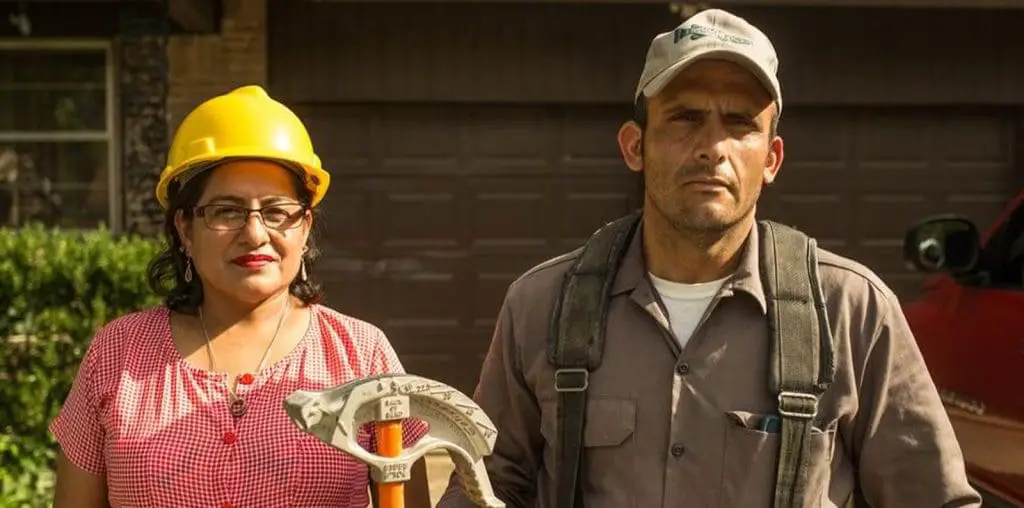
Milton’s epic Lucifer was far more successful than his (her?) wildest imagination with the advent of “modern” warfare where, if the battles don’t kill or maim you, the failed tools of destruction (singular: still-live grenades and mines; mass: canisters of phosgene gas and the ongoing poison horrors of “Agent Orange” still lurking in rubble, soil or streams) most certainly will. Daniel Sekulich’s chilling documentary, Aftermath: The Remnants of War, brings new meaning to the acronym “NIMBY” – Not In My Bombed Yard.
Starting in France with WW I ordinance whose unexploded tips bear eerie resemblance to the human breast and including an unforgettable sequence in the Devil’s Nursery, populated by grotesque present-day mutated babies—the offspring of the impoverished residents of the dioxin capital of the world, Vietnam’s Aluoi Valley, this film should be capable of stopping armed conflict in its tracks, if only its propagators could satiate their lust for power and control (hiding behind the skirts of racism when it suits) by volunteering for the front themselves. Sadly, those who call the shots seldom place themselves at risk, being content with the more important work of sending their idealistic or conscripted youth to early graves.
Based on the book by Donovan Webster, the point of view is mainly taken from those whose work is to detect, stockpile and destroy the “leftover” ordinance (France: there are 140 démineurs; 80 tons per year are extracted in Lorraine alone; annually they make 11,000 “house calls;” in 1991—the last year the government reported figures—36 were killed). Others find, identify and bury the human remains (Russia: several hundred thousand German and Russian soldiers were “left where they fell … the crows had a feast” during the battle of Stalingrad; “There will be work for my grandson,” says Valery Streikov, battle-field sifter extraordinaire) or, in Vietnam’s Aluoi Valley, explain to their children why limbs are deformed or missing and why their eyes will never see.
Michael Grippo’s camera captures the current reality of the long-term disasters with a dispassionate tone that, coupled with timely stock footage of the instigating events, make a multitude of points as silently as the hidden weapons will devastatingly make theirs unless discovered on purpose. The transition from the Russian Steppes to the forests of Vietnam via helicopter is magical; equally powerful is the barrage of smoke from another “successful” ordinance demolition blast (ironically done in trenches) dissipating into wisps of smoke from incense sticks, quivering in the breeze of the recently opened German war memorial, “15,000 names inscribed, so far, but not, yet, my comrades,” disparages a German vet.
The discreet musical score, featuring low strings and a haunting vocal line for the siege of Sarajevo sequence, only misses the mark in South-east Asia where the instrumentation and overall soundscape comes across more as cliché than verité.
“It’s the most miserable job there is,” says the young leader of a Bosnian mine-sweeping team as he dons his near child-like protective gear prior to returning to his low-paying job, “But what choice do we have?” How similar to the fate of impoverished men of Alang, India (brilliantly documented in Shipbreakers who, equally, risk life and limb daily due to the inability of their government and the western industrialists to clean up their own mess after playing with the well-being of the world.
Films like these tell the story, who will act on the news?
